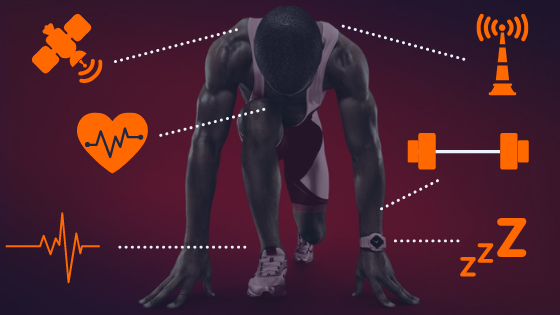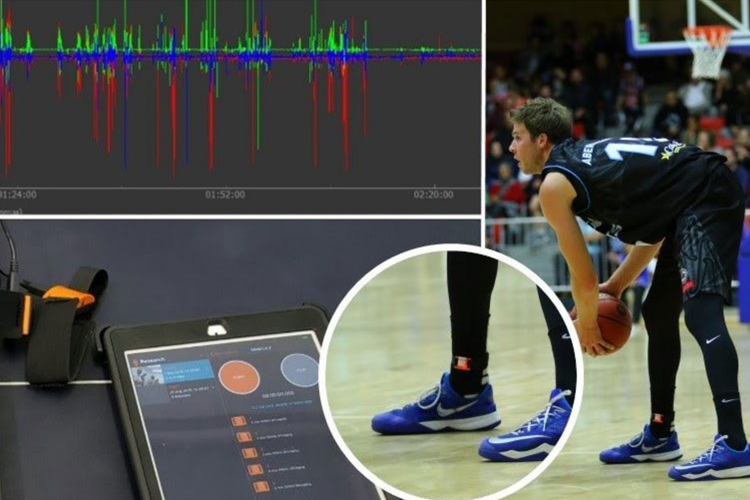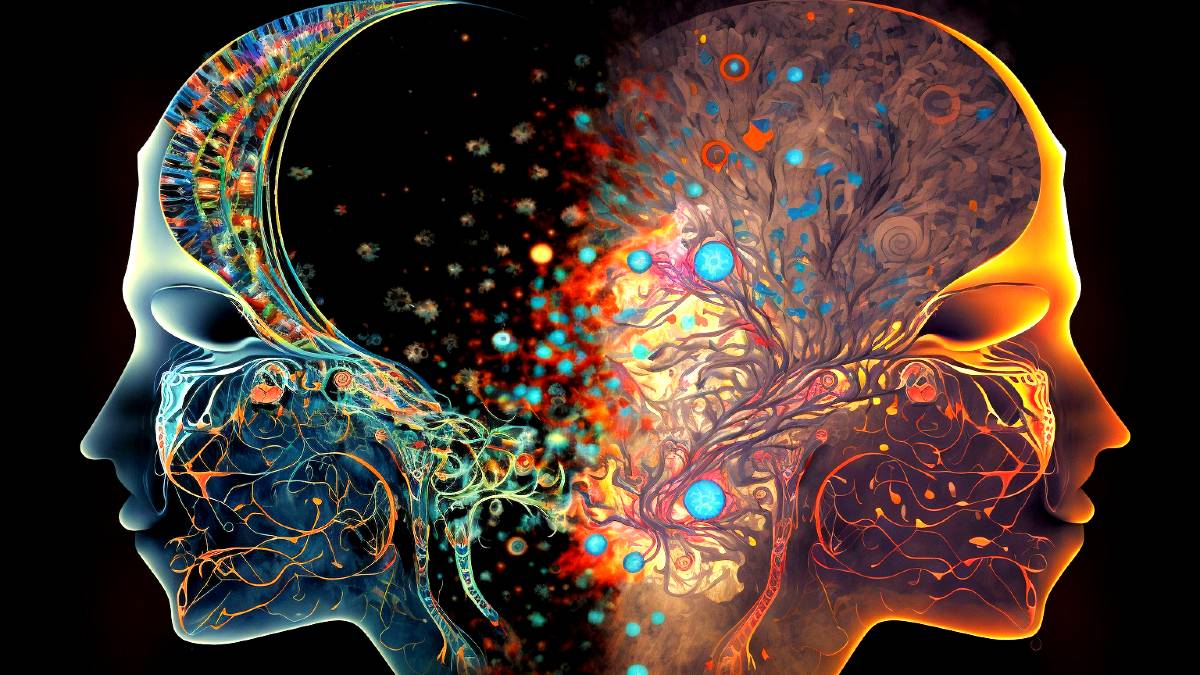Tech’s Impact on Sports Training

The Evolving Game: How Technology Is Revolutionizing Sports Training
For decades, sports training largely relied on traditional methods: grueling practice drills, coach observation, and athlete intuition. While these remain important, the landscape of athletic preparation is undergoing a dramatic transformation, fueled by rapid advancements in technology. We’re moving beyond simply *working* harder to *training* smarter, and technology is the key driver of this shift. This post will delve into the many ways technology is changing how athletes train, recover, and ultimately, perform.
Wearable Technology: Data at Your Fingertips
Perhaps the most visible change is the proliferation of wearable technology. Gone are the days of subjective assessments of effort. Now, athletes are routinely equipped with devices like smartwatches, heart rate monitors, GPS trackers, and specialized sensors embedded in clothing. These aren’t just for tracking steps; they collect a wealth of physiological and biomechanical data.
Heart rate variability (HRV), for example, is a powerful metric that provides insights into an athlete’s recovery status and readiness to train. Low HRV can indicate fatigue or stress, prompting coaches to adjust training loads accordingly. GPS tracking provides detailed data on speed, distance, acceleration, and deceleration, allowing for precise analysis of movement patterns. More advanced sensors can measure things like impact forces, muscle activation, and even body temperature, offering a holistic view of an athlete’s physical state.
The real power of this data lies in its ability to personalize training. Coaches can use it to identify individual strengths and weaknesses, tailor training programs to specific needs, and prevent overtraining – a common cause of injury. It’s about moving away from a “one-size-fits-all” approach to a highly individualized strategy.
Video Analysis: Seeing What Was Once Invisible
Video analysis isn’t new, but the technology behind it has evolved significantly. High-speed cameras, coupled with sophisticated software, allow coaches and athletes to break down movements frame by frame, identifying subtle flaws in technique that would be impossible to detect with the naked eye.

Motion capture technology takes this even further. By attaching reflective markers to an athlete’s body, systems can create a 3D model of their movements, providing incredibly precise data on joint angles, velocity, and acceleration. This is particularly valuable in sports like golf, baseball, and gymnastics, where even minor adjustments in technique can have a significant impact on performance.
Furthermore, the rise of artificial intelligence (AI) is automating much of the video analysis process. AI algorithms can now automatically identify key movements, track specific body parts, and even provide real-time feedback to athletes during training. This frees up coaches to focus on more strategic aspects of training, such as game planning and athlete motivation.
Biometrics and Performance Testing: Beyond the Numbers
Technology is also enhancing traditional performance testing. Force plates, for instance, measure the forces exerted by an athlete’s feet during jumps and landings, providing valuable insights into power, balance, and injury risk. Lactate analyzers measure lactate levels in the blood, helping to determine an athlete’s anaerobic threshold and optimize training intensity.
Genetic testing is a more controversial, but increasingly popular, area. While ethical considerations are paramount, genetic analysis can potentially identify predispositions to certain athletic traits, such as muscle fiber type or recovery speed. This information can then be used to tailor training programs to maximize an athlete’s genetic potential. However, it’s crucial to remember that genetics are just one piece of the puzzle; environment and training still play a vital role.
Virtual Reality and Simulation: Training the Mind and Body
Virtual reality (VR) is emerging as a powerful tool for sports training. VR simulations can recreate game-like scenarios, allowing athletes to practice decision-making, reaction time, and spatial awareness in a safe and controlled environment. For example, a quarterback can practice reading defenses and making throws without the risk of physical injury. A golfer can virtually play a challenging course, honing their skills and mental game.
Augmented reality (AR) offers another exciting possibility. AR overlays digital information onto the real world, providing athletes with real-time feedback and guidance during training. Imagine a runner wearing AR glasses that display their pace, heart rate, and stride length directly in their field of vision.
Recovery Technologies: The Importance of Rest and Repair
Technology isn’t just about pushing athletes harder; it’s also about helping them recover faster and more effectively. Compression garments, equipped with sensors, can monitor muscle oxygenation and provide targeted compression to reduce soreness and inflammation. Electrotherapy devices use electrical stimulation to promote muscle recovery and reduce pain.
Sleep tracking technology is also gaining traction. Adequate sleep is crucial for athletic performance, and these devices can help athletes monitor their sleep patterns and identify areas for improvement. Light therapy is another emerging technique that can help regulate circadian rhythms and improve sleep quality.
The Future of Sports Training
The integration of technology into sports training is only going to accelerate in the years to come. We can expect to see even more sophisticated wearable sensors, more powerful AI algorithms, and more immersive VR and AR experiences. The Internet of Things (IoT) will connect all of these devices, creating a seamless flow of data that will provide coaches and athletes with unprecedented insights into performance.
Big data analytics will play an increasingly important role, allowing for the identification of patterns and trends that would be impossible to detect manually. Ultimately, the goal is to create a truly personalized training experience that maximizes an athlete’s potential and minimizes their risk of injury. The future of sports isn’t just about physical prowess; it’s about harnessing the power of technology to unlock the full potential of the human athlete.
However, it’s important to remember that technology is a tool, not a replacement for good coaching, hard work, and athlete intuition. The human element remains crucial in the pursuit of athletic excellence.



